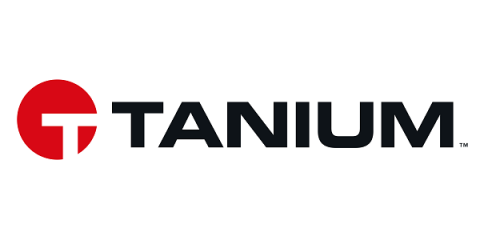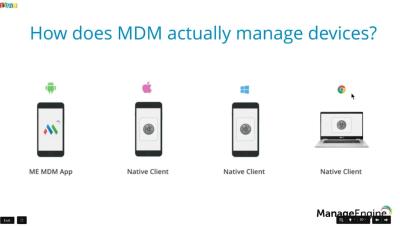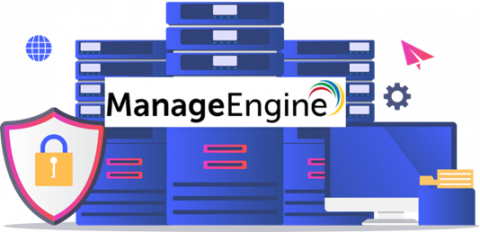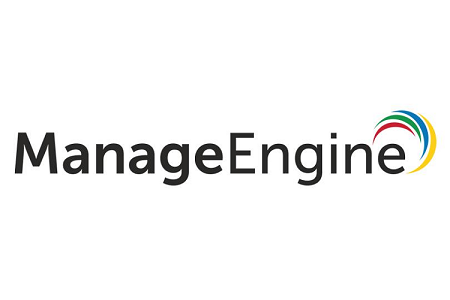Security | Threat Detection | Cyberattacks | DevSecOps | Compliance
UEM
Top 5 Mobile Security Threats and How UEM Can Stop Them
Mobile threat defense or bust
Unified endpoint management (UEM) has played a significant role over the years in enabling companies to improve the productivity and security of their corporate mobile devices and applications. In the early days of endpoint management there were separate workflows and products as it pertains to traditional endpoints, such as desktops and laptops, versus mobile devices.
ManageEngine Positioned in 2022 Gartner® Magic Quadrant for Unified Endpoint Management Tools and Magic Quadrant for Privileged Access Management
ManageEngine has been recognized once again in the Gartner Magic Quadrant for Unified Endpoint Management
We’re delighted to announce that ManageEngine has been recognized among five other vendors in 2022 Gartner Magic Quadrant for Unified Endpoint Management. Vendors were evaluated based on their ability to execute and completeness of vision. This recognition comes after IDC naming us a Leader in the IDC MarketScape reports for UEM tools.
We're positioned as a Leader in three of the 2022 IDC MarketScape Assessments for UEM. We're thrilled!
Today, we’re excited to share that Zoho (ManageEngine) was positioned as a Leader in three recent IDC vendor assessments for the Unified Endpoint Management (UEM) market: IDC MarketScape: Worldwide Unified Endpoint Management Software 2022 Vendor Assessment IDC MarketScape: Worldwide Unified Endpoint Management Software for Apple Devices 2022 Vendor Assessment IDC MarketScape: Worldwide Unified Endpoint Management Software for Small and Midsize Businesses 2022 Vendor Assessment ManageEngine has a
Gartner recognizes ManageEngine in its 2021 Magic Quadrant for Unified Endpoint Management Tools
The COVID-19 pandemic fast-tracked the adoption of hybrid workforce in organizations, bringing with it a slew of problems for IT teams. Organizations had to enable a majority of their employees to work remotely, without affecting their productivity and while ensuring the security of the corporate resources. ManageEngine recently conducted a survey of IT professionals to understand the effects of remote work on cloud adoption.
Security threats affecting your workforce productivity? Here's how Forrester says you can address them
According to Forrester, the number of permanent, full-time remote workers is expected to increase by 300 percent or more compared to pre-pandemic numbers. Amid the chaos surrounding the pandemic, getting your entire workforce back to the office seems trivial, especially when many employees’ work can be done remotely. It’s no wonder that, according to Gartner, almost half of employees will continue to work remotely post COVID-19.
Endpoint Security: Helping to realize the benefits of SASE
Endpoint security is at the forefront of digital transformation due to the very nature of needing to protect devices outside the company’s network perimeter. This started with traditional devices such as laptops and desktops. Endpoint security then quickly expanded to include mobile security, for smartphones and tablets. And, as more data moved to the cloud endpoint security came to include servers and containers, both inside and outside of the network perimeter.










